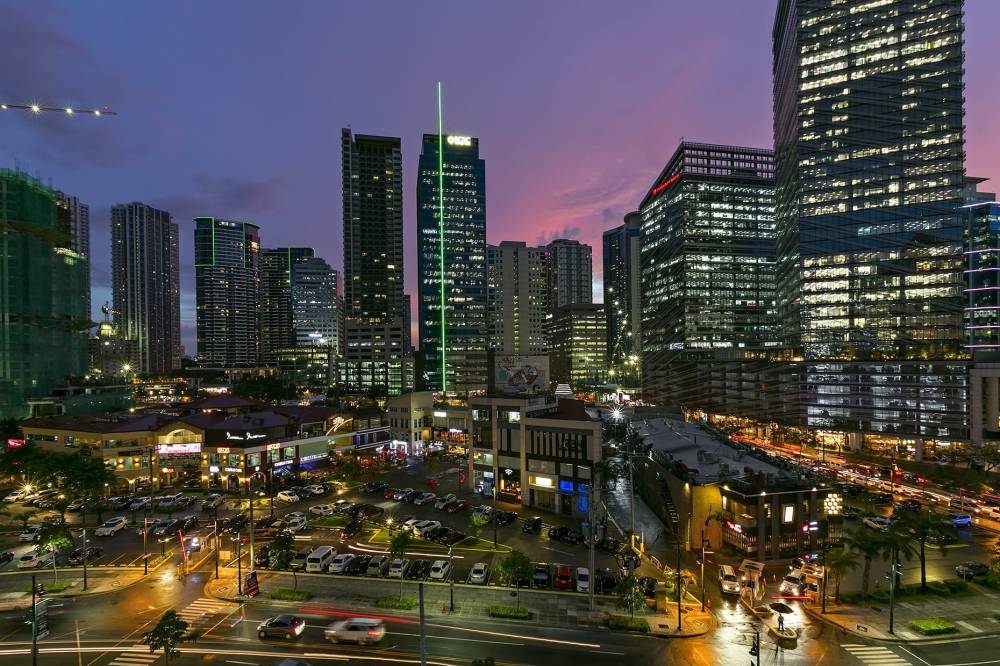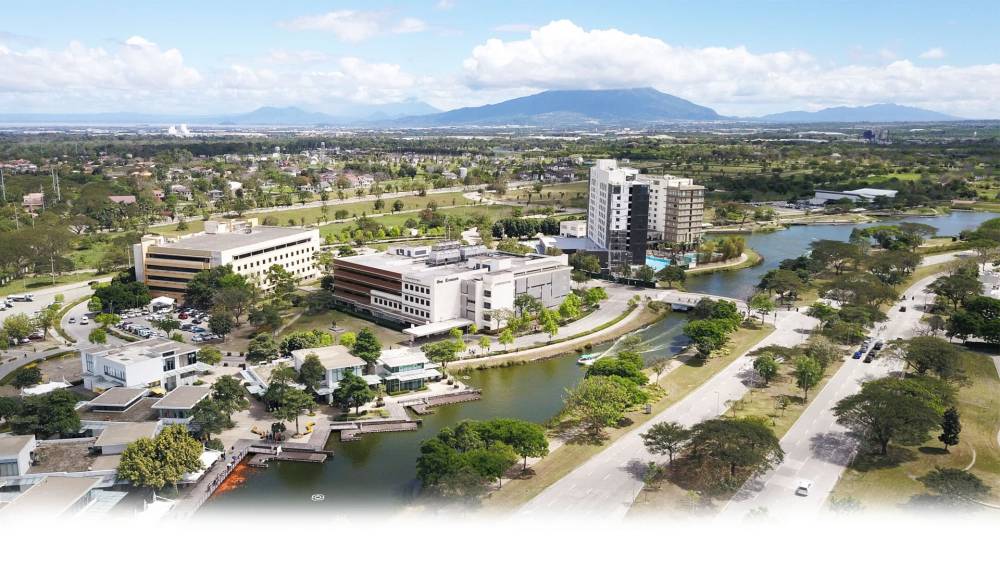Real estate developers, community planners, and local governments play a crucial role in spurring growth in an area. With sound vision, proper planning and strategy, and an understanding of what consumers need, developers can transform areas with potential into thriving commercial districts.
Listed below are some prime real estate developments that have aided urban developments and economic progress in their areas:
Philippines: Bonifacio Global City in Taguig City
Previously used as a military base decades ago, Bonifacio Global City (BGC) in Taguig is now regarded as one of the most preferred financial and lifestyle districts in the country.
In 1949, United States military base Fort McKinley, now known as Fort Bonifacio, was turned over by the Americans to the Philippine government. In 1957, then President Carlos Garcia, through Proclamation No. 423, established the area as a military reservation. It became the headquarters of the Philippine Army. The creation of the Bases Conversion and Development Authority (BCDA) mandated the transformation of former military bases into alternative enclaves for productive civilian use. Executive Order No. 40, signed in 1992, provided the BCDA some 240 ha of Fort Bonifacio for civilian use.
In the early 2000s, Ayala Land Inc. partnered with the Campos family’s Evergreen Holdings to take over Metro Pacific’s stake in a joint-venture with the BCDA to develop the land into what is now the upscale commercial-residential community BGC.
Among the most important areas in BGC developed by Ayala are Bonifacio High Street, a 1-km strip regarded as the first ever shopping center in the country to introduce the main street concept; and One Bonifacio High Street, a premium financial and lifestyle hub that houses the Philippine Stock Exchange and other five-star hotels and premier malls.
Philippines: Nuvali in Laguna
In 2008, Ayala Land started developing a bare 1,800-hectare estate in Laguna. Back then, there wasn’t much commercial traffic in the area. But since then, Nuvali has developed into an ever-growing sustainable mixed use development within a 2,400-ha enclave.
Nuvali in Laguna is Ayala Land’s largest eco-city development in the country. It straddles the cities of Sta. Rosa, Cabuyao, and Calamba, unlocking the potential for both existing and future communities in the Southern Luzon corridor.
Beyond selling homes, real estate developers also have the capacity to propel communities and transform bare lands into thriving spaces. Nuvali, as an eco-city, provides business centers, recreational venues, and lifestyle essentials, shopping centers, basic facilities, and nature amenities to its multiple residential communities. Nuvali also houses a 150-room Seda Hotel and various recreational activities that cater to different fields of interest and different age groups.
Residents, businesses, students, and professionals also get to enjoy ease of accessibility given Nuvali’s well-connected network of roads linked to major thoroughfares such as the South Luzon Expressway and the Cavite-Laguna Expressway. Nuvali is accessible to commuters via Point-to-Point (P2P) buses that bring them directly to Makati and Bonifacio Global City from this estate.
Japan: Shinjuku in Tokyo
Shinjuku, one of Tokyo’s most famous districts, has a rich history, the area tracing its development to the opening of Shinjuku Station in 1885 as an undistinguished stop in Japan’s rail network. After the Great Kanto earthquake in 1923, it began to develop into its current form.
Nishi (West) Shinjuku was (and is) a seismically stable area, and largely escaped the devastating earthquake. This led to many businesses relocating there from Marunouchi, Nihonbashi, and Ginza. Shinjuku Station was built to accommodate the increased vehicular and passenger traffic on the western side of Tokyo, and by 1925, it had become Tokyo’s most-used terminal, a title it still holds today.
Shinjuku was then made to accommodate commercial and administrative centers, and financial investments started flowing in. At present, Shinjuku is regarded as one of Tokyo’s biggest shopping districts. More than 3.5 million passengers pass through Shinjuku Station each day, which is recognized by the Guinness Book of Records as the world’s busiest. At least 11 of Japan’s tallest buildings are located in Nishi (West) Shinjuku, and the scenery is often used to symbolize the economic power of the city and the country as a whole.
South Korea: Yeouido in Seoul
Yeouido, located in Yeongdeungpo-gu, Seoul, has a very rich history. Originally a mulberry plantation and grassland during the Joseon Dynasty, it became an airfield during the Japanese colonial period, and was an airforce base from 1958 to 1971.
The comprehensive masterplan to develop Yeouido started in 1968. The construction of the Mapo Bridge in 1970 enabled it to emerge as a key financial district of Seoul. Land reclamation commenced and residential and commercial hubs were constructed.
At present, Yeouido is home to South Korea’s National Assembly building, the headquarters of the Korea Stock Market, the 63 Building which is one of Seoul’s most iconic skyscrapers, and the IFC Seoul, a large-scale commercial complex.
United Kingdom: Canary Wharf in London
Situated in the East End of London, Canary Wharf is recognized as a major international financial district and one of the most prominent business centers in the city.
Canary Wharf was originally a dockland area. It was already a thriving port hub before undergoing a massive redevelopment project in the 1980s and 1990s. Canary Wharf transformed into a modern business district, and today, it is characterized by its impressive skyline, dominated by tall skyscrapers and iconic architectural landmarks.
Canary Wharf is home to some of the tallest buildings in the U.K., including the famous One Canada Square, which used to be the tallest building in England.
Aside from impressive skyscrapers, Canary Wharf hosts the headquarters of major banks, corporations, and professional services firms. Many multinational corporations, including those in the fields of media, technology, and law, also have a presence in the area.
Sources: Inquirer Archives, bgc.com.ph, ayalamalls.com, ayalaland.com.ph, ydp.go.kr, ifcseoul.com, vmspace.com, nippon.com, resources.realestate.co.jp, investopedia.com, districtslondon.com



